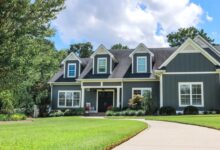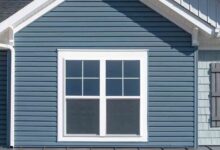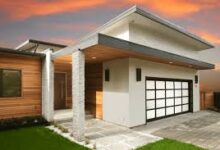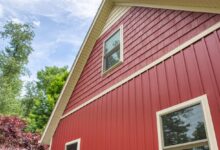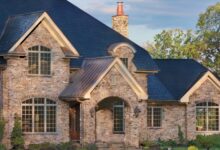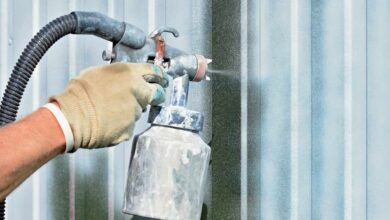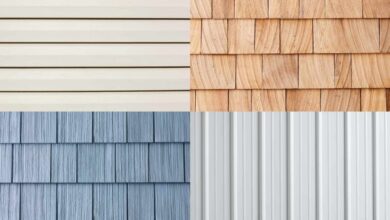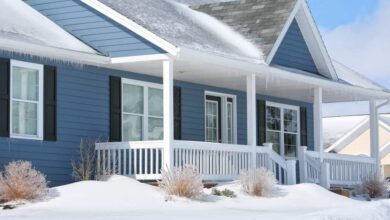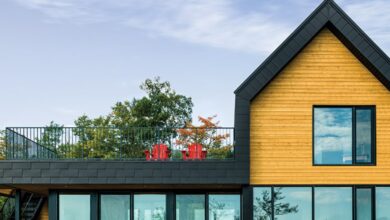How Much Does Insulated Vinyl Siding Cost
When considering home improvement projects, siding plays a critical role in both the aesthetic appeal and energy efficiency of your home. Among the various siding options available, insulated vinyl siding stands out due to its combination of durability, low maintenance, and energy-saving capabilities. But, as with any home improvement decision, one of the first questions homeowners ask is: how much does insulated vinyl siding cost? This article provides a deep dive into the cost of insulated vinyl siding, its benefits, the top products on the market, and how to make an informed purchase decision for your home.
Understanding Insulated Vinyl Siding
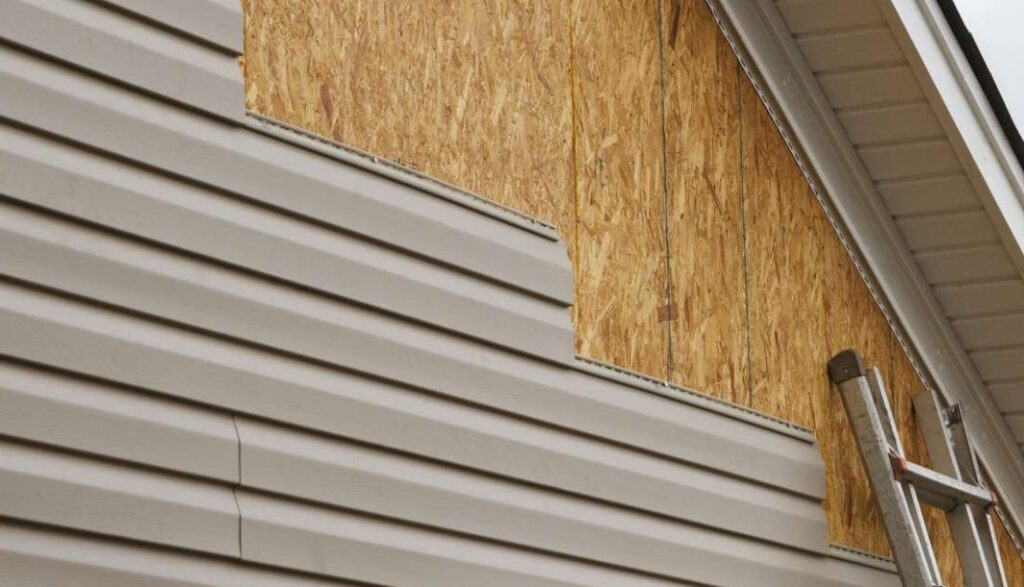
Insulated vinyl siding is essentially vinyl siding with an added layer of insulation. This insulation is usually made from expanded polystyrene foam, which helps to keep your home’s interior temperature stable. The primary benefit of this extra insulation is that it helps to reduce the load on your heating and cooling systems by preventing energy from escaping through the walls. This makes insulated vinyl siding not only a visually appealing option but also an energy-efficient one that can lead to significant savings on your utility bills.
The insulation layer in insulated vinyl siding can vary in thickness and density, which can impact the cost and effectiveness of the siding. The thicker the insulation, the better it will perform in terms of thermal resistance, resulting in better energy savings. This is one reason why insulated vinyl siding can be a more expensive option than traditional vinyl siding.
How Much Does Insulated Vinyl Siding Cost?
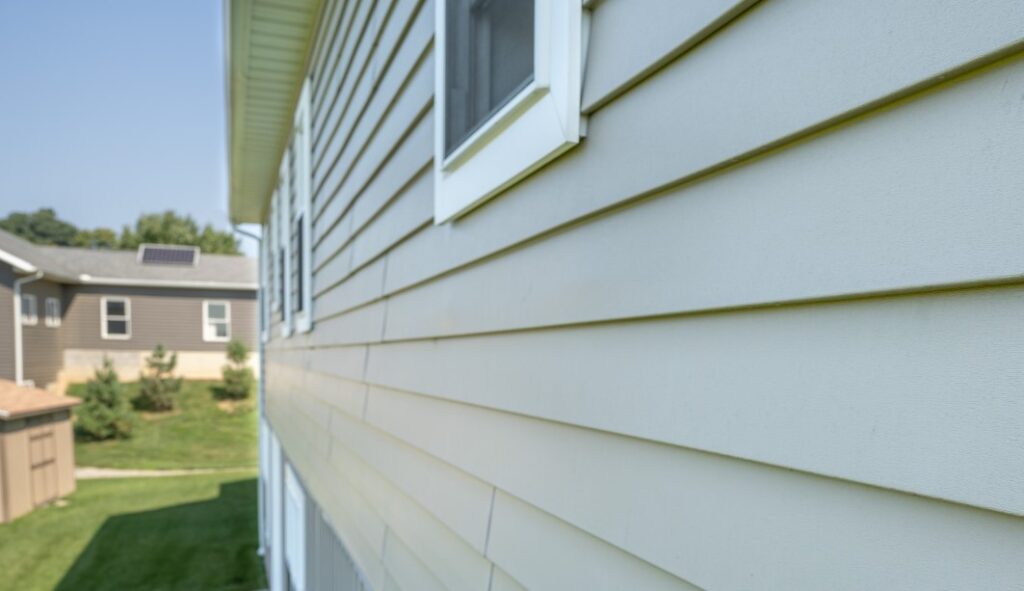
The cost of insulated vinyl siding can vary significantly based on factors such as the brand, the style of siding you choose, the thickness of the insulation, your geographical location, and the complexity of installation. On average, homeowners can expect to pay anywhere from $4 to $8 per square foot for insulated vinyl siding, including both materials and installation. However, depending on the features you prioritize, such as premium brands or thicker insulation, the price can increase to $10 or more per square foot.
Factors That Influence the Price of Insulated Vinyl Siding
The cost of insulated vinyl siding can vary widely depending on several key factors. Understanding these elements can help you make a more informed decision when purchasing and installing this type of siding. Here are the main factors that influence the price of insulated vinyl siding:
1. Brand and Product Quality
One of the biggest factors influencing the price of insulated vinyl siding is the brand and the overall quality of the product. Premium brands such as CertainTeed, Royal Building Products, and Mastic offer superior materials with advanced insulation properties, weather resistance, and longer warranties. These brands generally cost more due to their higher-quality materials and manufacturing processes.
For example, a top-tier brand may use a thicker, higher-quality foam insulation layer, which not only increases the price but also improves energy efficiency and durability. On the other hand, lesser-known or budget brands may offer more affordable options, but they might not perform as well in extreme weather conditions or have the same long-lasting benefits as premium products.
2. Insulation Thickness and R-Value
The thickness of the insulation layer is another important factor that can significantly influence the price of insulated vinyl siding. Insulation in insulated vinyl siding typically ranges from 1 to 1.5 inches thick. The thicker the insulation, the higher the R-value, which measures the material’s ability to resist heat flow. A higher R-value means better thermal insulation, leading to more significant energy savings in the long term.
Insulated vinyl siding with a higher R-value will generally cost more because it provides better energy efficiency and thermal resistance. While this option has a higher upfront cost, it can help reduce heating and cooling expenses over time, making it a cost-effective investment in the long run.
3. Style and Design
The style and design of the insulated vinyl siding can also impact its price. Basic siding profiles like traditional horizontal or vertical panels are usually the most affordable options. More intricate designs such as shakes, scallops, or custom finishes tend to be more expensive because of the added complexity and labor involved in manufacturing.
Additionally, custom colors and finishes—especially those that replicate the look of natural wood—can add to the overall cost. While these designs can enhance the aesthetic appeal of your home, they often come with a price premium.
4. Installation Costs
Another significant factor that affects the price of insulated vinyl siding is the installation cost. The complexity of the installation process plays a big role in the overall price. If your home has architectural features like turrets, dormers, or uneven surfaces, the installation can become more labor-intensive, thus increasing the price.
Moreover, the geographical location of your home also affects labor rates. In areas with a higher cost of living, such as urban cities, labor costs may be higher, which will increase the overall price of the installation.
5. Color and Customization Options
Customization is another element that can influence pricing. Standard colors like beige, white, or gray are typically more affordable than custom colors, which require special manufacturing processes and finishes. Premium finishes, such as a matte or glossy coating, may also raise the cost, as these finishes are applied with extra care and technology to ensure durability and appearance.
6. Warranty and Lifetime Guarantees
Many premium insulated vinyl siding products come with lifetime warranties or extended guarantees. These warranties ensure that your siding will be protected against fading, cracking, or warping, and may also include coverage for insulation performance. While these added protections can increase the initial cost, they offer peace of mind and contribute to long-term value by reducing the risk of costly repairs or replacements down the line.
Benefits of Insulated Vinyl Siding
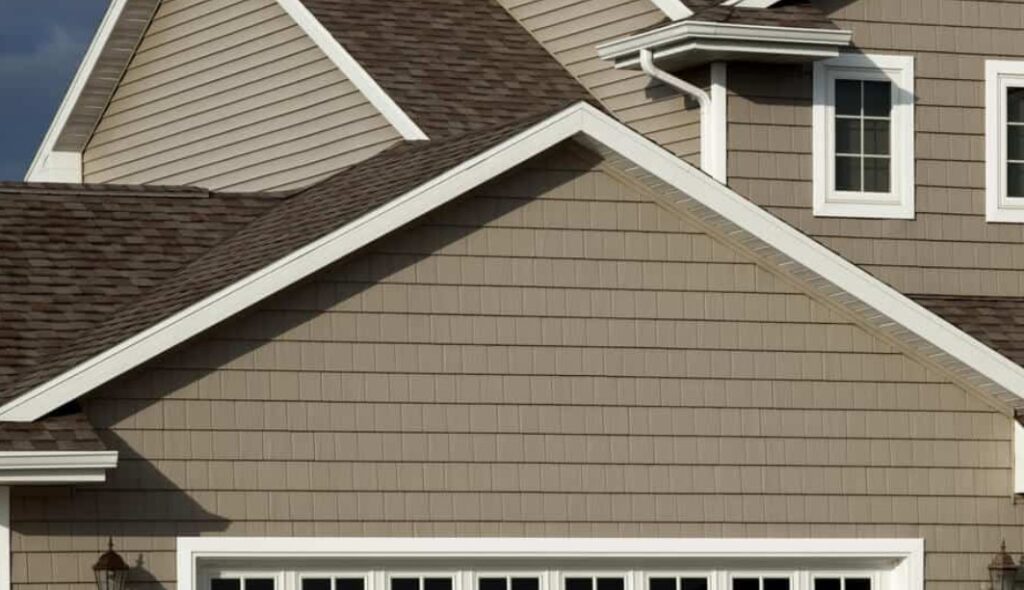
Insulated vinyl siding offers a wide array of benefits that make it a smart choice for homeowners looking to enhance the value, efficiency, and aesthetics of their property. Let’s take a deeper look at the primary advantages.
1. Enhanced Energy Efficiency
One of the most significant advantages of insulated vinyl siding is the improved energy efficiency it offers. The added insulation helps keep your home at a consistent temperature by preventing heat loss during the winter and reducing the heat entering your home during the summer months. This results in less strain on your heating and cooling systems, meaning they don’t have to work as hard to maintain comfortable indoor temperatures.
As a result, insulated vinyl siding can lead to substantial savings on energy bills. Homeowners often report a 10% to 25% reduction in heating and cooling costs after installing insulated vinyl siding, depending on factors like climate and home size. This can offset the higher initial cost of installation over time.
2. Increased Home Value
When it comes to selling a property, energy-efficient homes are highly desirable to buyers. Insulated vinyl siding adds value to your home by improving its curb appeal and offering the promise of lower energy costs. Many prospective buyers prioritize energy efficiency, which means you may be able to sell your home at a higher price or reduce the time it takes to sell.
Moreover, this type of siding is also low-maintenance, which appeals to homebuyers who prefer to avoid costly repairs and maintenance.
3. Noise Reduction and Soundproofing
Insulated vinyl siding does more than just keep the temperature in your home stable—it also improves your home’s acoustics. The insulation acts as a sound barrier, reducing external noises such as traffic, neighborhood sounds, and even the weather. This added benefit creates a quieter, more peaceful indoor environment, which is especially important for people living in noisy or high-traffic areas.
If you live in an urban environment or near a busy street, soundproofing may be an important consideration, and insulated vinyl siding can significantly reduce noise disturbances.
4. Durability and Low Maintenance
Unlike wood siding, which can warp, rot, or require frequent repainting, insulated vinyl siding is incredibly durable and requires minimal upkeep. Vinyl is resistant to moisture, fading, and peeling, and the added insulation helps maintain the structural integrity of the siding over time. This low-maintenance feature makes it a practical and cost-effective option for homeowners who want long-lasting results without having to constantly care for their exterior.
Top Insulated Vinyl Siding Products
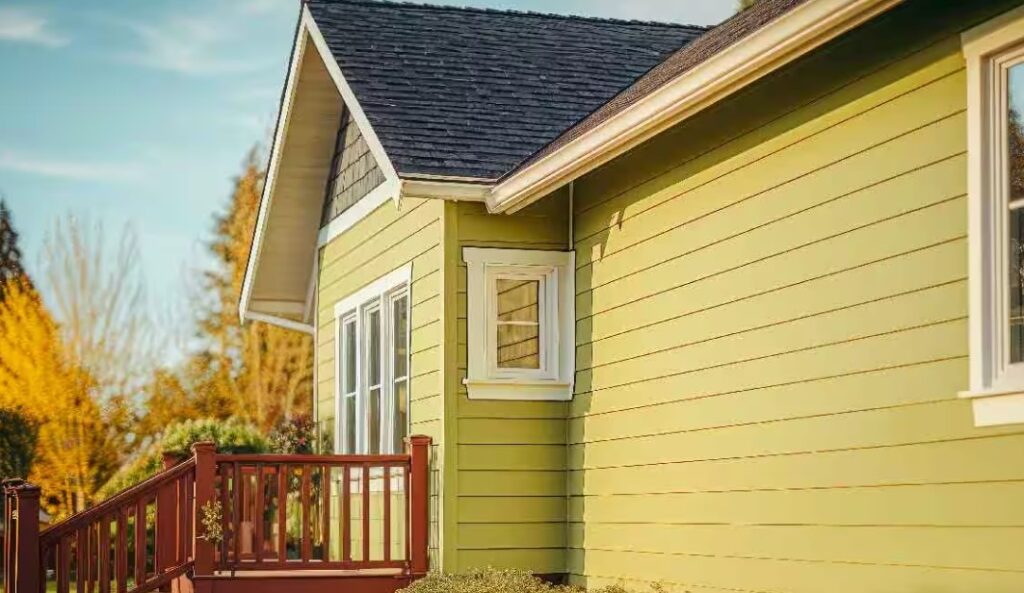
Now that you know about the cost and benefits of insulated vinyl siding, let’s take a closer look at three popular products on the market in 2025. These products stand out for their combination of insulation, durability, aesthetic appeal, and value for money.
1. CertainTeed Mainstreet™ Vinyl Siding
Product Overview:
CertainTeed Mainstreet™ Vinyl Siding is one of the most trusted brands in the vinyl siding industry. It provides exceptional energy efficiency and a timeless, clean look that complements almost any home style.
Key Features:
- Insulation Layer: Built-in 1-1/4 inch insulation that reduces thermal bridging and improves energy efficiency.
- Durability: Resists fading, cracking, and peeling.
- Aesthetics: Available in a variety of colors and textures, including a wood grain finish that mimics the look of traditional wood siding.
- Low Maintenance: Virtually maintenance-free, requiring only periodic cleaning.
Price:
The average cost for CertainTeed Mainstreet™ vinyl siding is $6 to $7 per square foot, including installation. It offers excellent value for the energy efficiency and durability it provides.
Pros:
- Affordable price for high-quality insulated vinyl.
- Wide range of color options.
- Excellent energy efficiency.
Cons:
- Limited color customization options.
Best Use Case:
Ideal for homeowners looking to upgrade their siding without a significant upfront investment, while still enjoying the benefits of energy savings and long-lasting durability.
2. Royal Building Products Prodigy® Insulated Siding
Product Overview:
Royal Building Products Prodigy® Insulated Siding offers superior insulation and performance, making it one of the most energy-efficient options on the market. The advanced insulation technology also ensures minimal maintenance over its long lifespan.
Key Features:
- R-Value: Provides one of the highest R-values in the industry (1.5 inches of foam).
- Durability: Can withstand extreme weather conditions such as high winds and heavy snow.
- Design Options: Available in a wide variety of colors and profiles, including vertical, horizontal, and decorative designs.
- Warranty: Comes with a limited lifetime warranty.
Price:
Typically priced between $7 and $8 per square foot, including installation, Prodigy® is on the higher end of the spectrum but offers exceptional performance.
Pros:
- Excellent insulation properties with a high R-value.
- Long-lasting and durable under extreme weather.
- Wide selection of design options.
Cons:
- Higher price point compared to other brands.
Best Use Case:
Perfect for homeowners who prioritize energy savings and want to invest in a top-of-the-line siding product that will provide long-term value.
3. Mastic Ovation™ Insulated Vinyl Siding
Product Overview:
Mastic Ovation™ Insulated Vinyl Siding provides a perfect balance of durability, energy efficiency, and affordability. The product is designed to withstand tough weather conditions while offering an attractive, sleek finish.
Key Features:
- Superior Insulation: Provides an R-value of 3.5, significantly improving energy efficiency.
- Weather-Resistant: Withstands high winds, rain, and temperature fluctuations without warping or cracking.
- Color & Finish: Available in various profiles with a beautiful matte finish.
Price:
Costs range from $5 to $6 per square foot, making it an affordable choice for homeowners looking for energy-efficient siding without breaking the bank.
Pros:
- Budget-friendly while offering solid energy efficiency.
- Strong weather resistance.
- Low maintenance.
Cons:
- Limited color options compared to premium brands.
Best Use Case:
Ideal for homeowners who want quality siding at an affordable price and don’t require extensive color customization.
Where to Buy Insulated Vinyl Siding
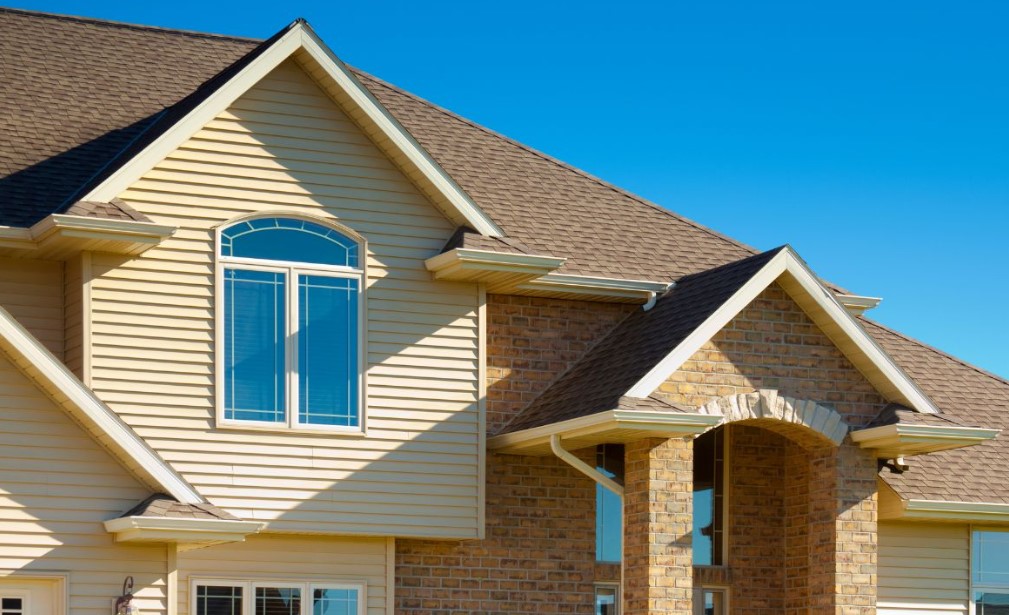
When you’re ready to purchase insulated vinyl siding, there are multiple options for buying this product. Major home improvement stores like Home Depot, Lowe’s, and Menards carry a wide variety of insulated vinyl siding options. Additionally, manufacturers such as CertainTeed, Royal Building Products, and Mastic offer direct sales through their websites or authorized dealers.
For the best deals, consider getting multiple quotes from local contractors. Sometimes, these contractors have access to discounts or can offer bundled pricing on materials and installation services.
Frequently Asked Questions (FAQs)
1. What is the difference between regular vinyl siding and insulated vinyl siding?
The key difference between regular vinyl siding and insulated vinyl siding is the added foam insulation in the latter. This insulation helps regulate indoor temperatures and provides improved energy efficiency by preventing heat transfer through the walls. Regular vinyl siding, on the other hand, lacks this insulating layer and is primarily used for aesthetic purposes.
2. How long does insulated vinyl siding last?
Insulated vinyl siding is designed to last between 30 to 40 years. The lifespan depends on the quality of the materials, the local climate, and the level of maintenance provided. Regular cleaning and inspection can help extend the life of your siding.
3. Can I install insulated vinyl siding myself?
While it’s possible for skilled DIYers to install insulated vinyl siding, it’s generally recommended to hire professional contractors. This ensures that the siding is properly installed, particularly when it comes to sealing and insulating the material to maximize energy efficiency.
